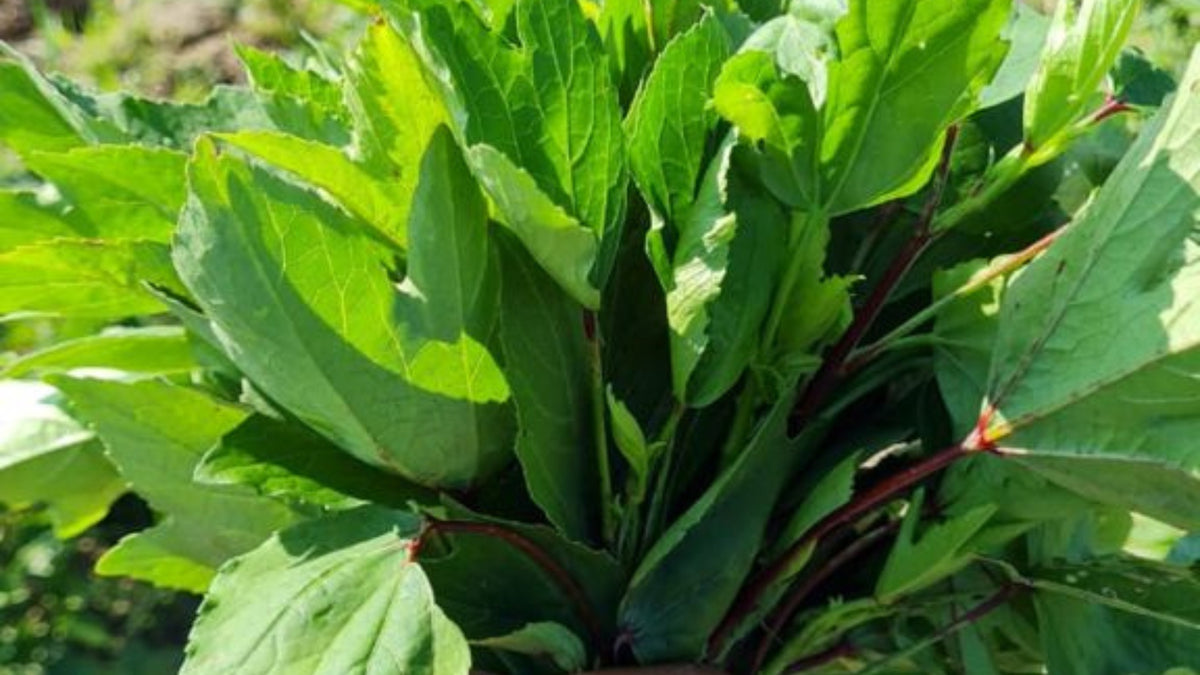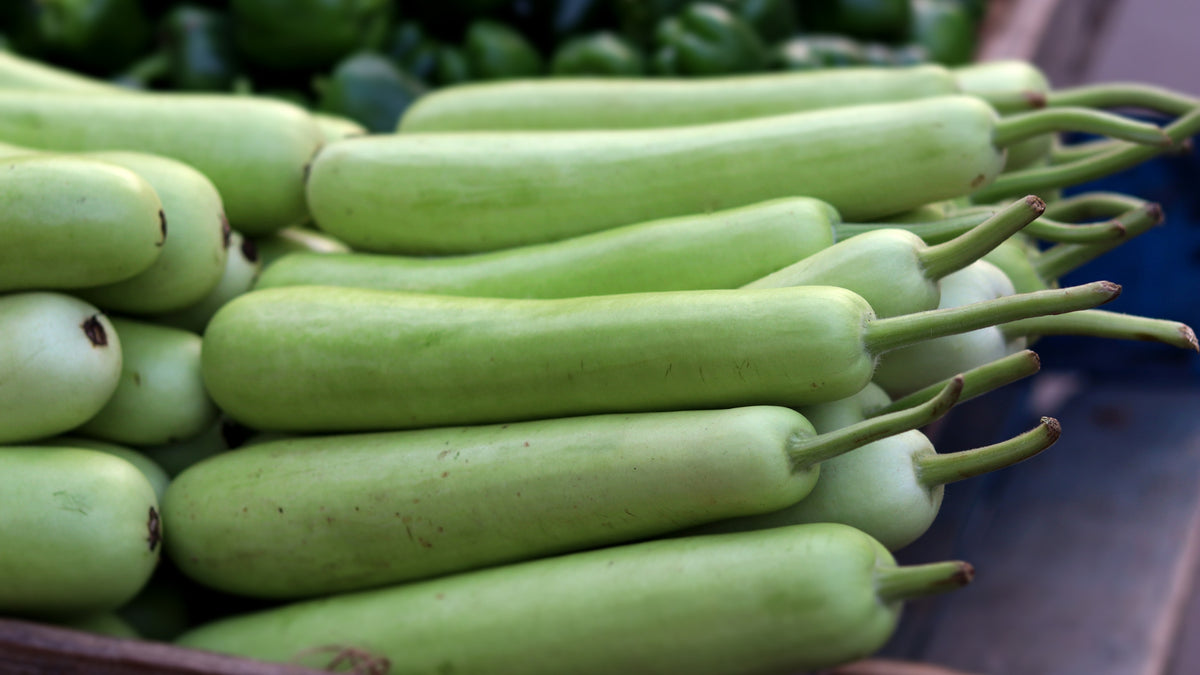
Kapha Dosha Symptoms of Imbalance

Kapha dosha maintains our bodies normal physiology by supporting the anabolic growth process of all cells, tissues, and organs. Two universal elements, water and earth come together to form kapha dosha. The principal function of kapha dosha is to maintain normal physiology, and provide structure, lubrication and protection for our bodies.
All disorders related to kapha dosha, even if only partially manifested are managed as kapha imbalances. The qualities that cause excess kapha are unctuous, cold, white, heavy, sweet, steady, slimy, and viscous.
Primary Functions of Kapha Dosha
- Provides and maintains lubrication to the body
- Maintains anatomical integrity of cells, tissues, and organs
- Provides support and integrity of the joints
- Provides physical and mental strength
- Provides weight, firmness and steadiness of the body
- Provides the ability for reproduction
- Provides the ability to have forgiveness, patience, and selflessness
- Growth and fortitude of the body
- Knowledge and intelligence of the mind
How Kapha Dosha Becomes Imbalanced
Natural factors include the essential components of the earths biological rhythm and occurs both in our external and internal environment of our bodies.
- Season: kapha undergoes accumulation during the winter and becomes vitiated during the spring when the weather starts getting warm.
- During digestion: kapha increases during the first stage of digestion in the stomach or immediately after eating food.
- Biological rhythm of day and night: kapha naturally increases in the morning 6am – 10am and evening 6pm – 10pm.
- Climate: wet marshy areas
- Age: the early years from 0 – 25 years is the kapha dominant time of life.
Acquired factors are those which increase and aggravate kapha dosha other than natural factors.
- Qualities of food and herbs: excess sweet, sour or salty taste, foods that are too heavy and dense to digest, foods that are slimy and unctuous, and excessive intake of water causes kapha vitiation.
- Lifestyle and other activities: sleeping during the day, lack of exercise, drinking water at night, mixing wholesome and unwholesome foods together, and eating before digesting previous meal or with no appetite.
- Emotional or behavioral factors: engaging in too much pleasure.
Twenty Symptoms of Imbalanced Kapha Dosha
- Being content or living with no goals
- Drowsiness
- Excessive sleep
- Rigidity or immobility
- Feeling heaviness in the body
- Weariness or debility
- Having a sweet taste in the mouth
- Excessive salivation
- Excessive mucous production
- Accumulation of waste from metabolism
- Loss of strength
- Indigestion
- Retaining metabolic waste surrounding the heart
- Retaining metabolic waste surrounding the throat
- Retaining metabolic waste in the blood vessels
- Goiter
- Obesity
- Decreased digestive strength
- Hives
- Pale skin or complexion
Imbalanced kapha is managed by intaking foods or herbs with pungent, bitter, astringent, sharp, hot or dry qualities. Other anti-kapha therapies include heat, steam, emesis, nasya to evacuate the excess kapha dosha from the head, and regular exercise.
Among all the therapies emesis is regarded as the most effective management of kapha disorders.
The excess kapha accumulates in the stomach and is expelled by therapeutic emesis that releases the aggravated kapha from its prime location. When the excess accumulation of kapha is released from the stomach it pacifies all other parts of the body where kapha has accumulated.
Basic Products for Balancing Kapha Dosha
Brihat Vaiswanara Churnam balances kapha and pitta dosha, supports digestive strength, removes ama from the stomach, and is useful for cleansing.
Chitraka Asavam balances both vata and kapha dosha, the main herb chitraka kindles digestive fire and digests ama, eases gas, bloating and heaviness in the gut.
Loha Asavam balances kapha dosha, helps maintain healthy weight, eases swelling and inflammation, and supports healthy skin.
Varanadi Kwatham balances kapha dosha, helps support the urinary system and kidney disorders, removes ama from the gut.
Karpuradi Oil balances kapha dosha, the main herb is karpuram supports all kapha related disorders of the chest, throat and nose. This oil is recommended for regular oil massage.
Ayurvedic Consultation
Kottakkal is committed to offering the highest quality Ayurvedic Healthcare. We offer two ways to have an Ayurvedic consultation. 1. Free 15-minute Consultation with our Ayurvedic practitioner, Julie Wardwell for when you need a product recommendation for a basic health problem. 2. In-depth Consultation with our Ayurvedic doctor, Vaidya Vishwanth Guddadar for when your condition is chronic with multiple symptoms.
Disclaimer: These statements have not been evaluated by the Food and Drug Administration. Kottakkal Ayurveda products and information are not intended for use in the diagnosis, treatment, cure, or prevention of any disease. If you have serious, acute, or chronic health problems, please consult a trained health professional. If you are seeking the advice of a trained Ayurvedic professional, call (800) 215-9934 or email us at contact@kottakkal.shop. We will provide you with information to consult with Ayurvedic professionals. Always check with your doctor before taking herbs when pregnant or nursing.
Also in Healing with Kottakkal Ayurveda

Food is Medicine - Organic Gongura Leaf
Gongura, often referred to as Indian sorrel, is a leafy green vegetable packed with an array of health benefits. This vibrant green is a treasure trove of essential vitamins, minerals, and antioxidants.

Food Is Medicine - Organic Bottle Gourd

Boosting Energy and Rejuvenation with Narasimha Rasayana
Narasimha Rasayanam is an herbal jam formulated with base ingredients of butter, honey, and milk. This time-tested remedy is believed to promote balance within the body's three doshas, vata, pitta, and kapha and supports a range of health concerns. From supporting physical strength and hair health to promoting rejuvenation and cognitive function, Narasimha Rasayanam offers a multifaceted approach to well-being.


Julie Wardwell